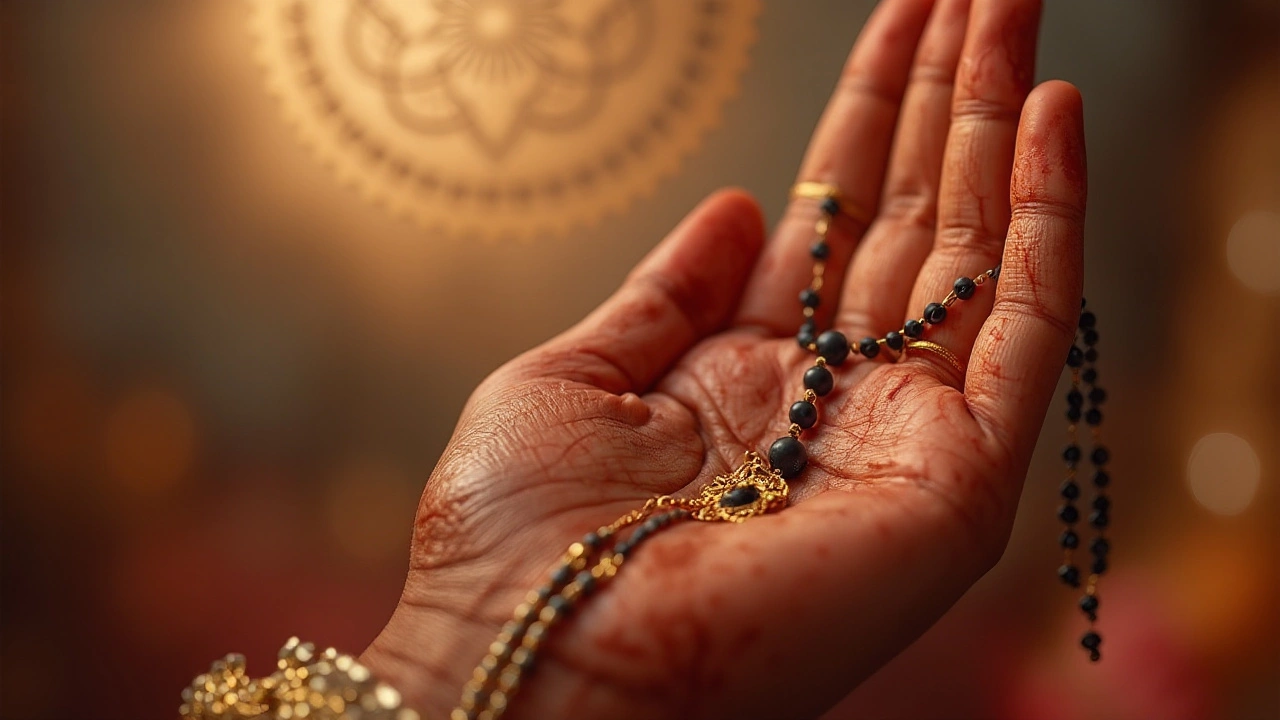Marital Bond: Traditions, Symbols & Modern Insights
When talking about marital bond, the lifelong partnership celebrated across Indian families through rituals, gifts, and shared responsibilities. Also known as marriage, it weaves together two lives, their families, and a whole set of cultural sign‑offs. The marital bond encompasses wedding rituals that bind people emotionally and legally. It requires an exchange of symbolic jewelry that marks the transition from single to married life. This exchange, in turn, shapes how society sees the bond and how couples experience it day to day.
Key Symbols in the Marital Bond
One of the most recognizable tokens is the mangalsutra, a gold or gold‑plated necklace that the groom ties around the bride’s neck, signifying her new status. It acts as a daily reminder of the promise made at the altar, and its design choices—like pendant shape or gold purity—reflect regional tastes and modern twists. Another powerful symbol is the choora, a set of red and white bangles gifted to the bride that symbolize fertility and marital bliss. The choora ceremony often includes singing, dancing, and a ritual removal that marks the bride’s transition into her new home. Both the mangalsutra and choora influence the perception of the marital bond, linking personal sentiment with broader cultural narratives.
Beyond these specific items, the broader category of gold jewelry, any ornament made from or plated with gold, from earrings to rings, has long been a staple in Indian weddings. Gold’s durability and shine make it an ideal medium for expressing wealth, commitment, and family heritage. Couples today blend traditional gold pieces with contemporary designs—think minimalist chains or mixed‑metal styles—to keep the bond feeling fresh while honoring ancestry. The gifting customs surrounding these pieces also evolve; while older generations often saw the groom’s family foot the bill, modern couples increasingly split costs or choose pre‑owned heirlooms, reflecting shifting economic realities.
All these elements—mangalsutra, choora, gold jewelry, and the rituals that surround them—form a network of meaning that defines the marital bond today. Understanding how each piece fits into the larger picture helps you appreciate the depth behind a simple necklace or a set of bangles. Below, you’ll find articles that break down who gives the mangalsutra, how choora traditions vary across regions, what makes an ideal gold piece for everyday wear, and many more practical insights. Dive in to see how ancient customs blend with modern choices, giving you a well‑rounded view of the marital bond in contemporary India.
